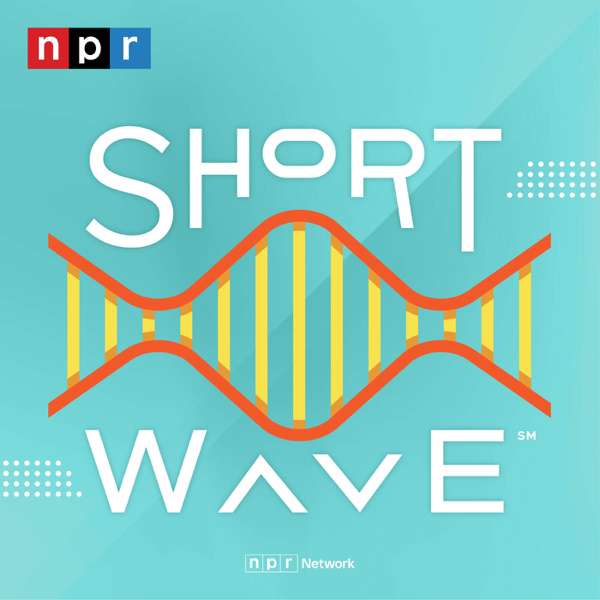The term “neuroplasticity” has become inextricably linked to the concept of how psychedelics may give rise to their therapeutic effects. But what really is neuroplasticity, and how can scientists measure it in the lab? How does pre-clinical research on rodent models permit a deeper understanding into the underlying mechanisms of how psychedelic treatments work? How does the primary psychotropic compound in psilocybin, commonly referred to as “Magic Mushrooms,” affect neuroplasticity, and may this be linked to adaptive behaviors?
Tune in as Dr. Alex Kwan, Associate Professor at Cornell University, discusses how his laboratory has leveraged key techniques in cellular, circuit, and behavioral neuroscience to help uncover the neuroplastic mechanisms of psilocybin in preclinical models of psychiatric disease.
__________________
Dr. Kwan’s bio:
“I am an associate professor in the Meinig School of Biomedical Engineering at Cornell University. I received a Ph.D. in Applied Physics from Cornell University, where I worked on nonlinear optical microscopy in the laboratory of Watt Webb. For postdoctoral studies, I was a Croucher Fellow studying cortical microcircuits with Yang Dan at the University of California, Berkeley. Before joining the Cornell faculty in 2022, I was an associate professor in the Department of Psychiatry at Yale School of Medicine. The Kwan lab applies systems neuroscience and neuroengineering approaches to the study of mental health. We develop optical imaging techniques to visualize neural dynamics in awake mice. We design quantitative decision-making paradigms to characterize behavior. We often complement the imaging and behavioral experiments with other molecular, electrophysiological, optogenetic, and computational methods. Current effort in the lab is directed towards two topics: (1) Drug action in the brain: Psychiatric drugs exert powerful effects in humans characterized by altered perception, cognition, and mood. The lab studies the action of psychoactive drugs, including ketamine and serotonergic psychedelics such as psilocybin, on the function and connectivity of neurons in the frontal cortex. (2) Decision-making: Animals use past choice and reward history to guide their current decisions. We are interested in how neural circuits may implement reinforcement learning, and whether reward learning dysfunctions may be a useful metric to quantify neuropsychiatric conditions.” - engineering.cornell.edu.
Further reading:
Recent publications from the Kwan lab:
A Dendrite-Focused Framework for Understanding the Actions of Ketamine and Psychedelics.
Psilocybin induces rapid and persistent growth of dendritic spines in frontal cortex in vivo.
Ketamine disinhibits dendrites and enhances calcium signals in prefrontal dendritic spines.
Shared and distinct brain regions targeted for immediate early gene expression by ketamine and psilocybin.
Upcoming publications:
The neural basis of psychedelic action.
Kwan AC, Olson DE, Preller KH, and Roth BL.
Psychedelics and neural plasticity: therapeutic implications.
Grieco SF, Castrén E, Knudsen GM, Kwan AC, Olson DE, Zuo Y, Holmes TC, and Xu X.

 Our TOPPODCAST Picks
Our TOPPODCAST Picks  Stay Connected
Stay Connected







